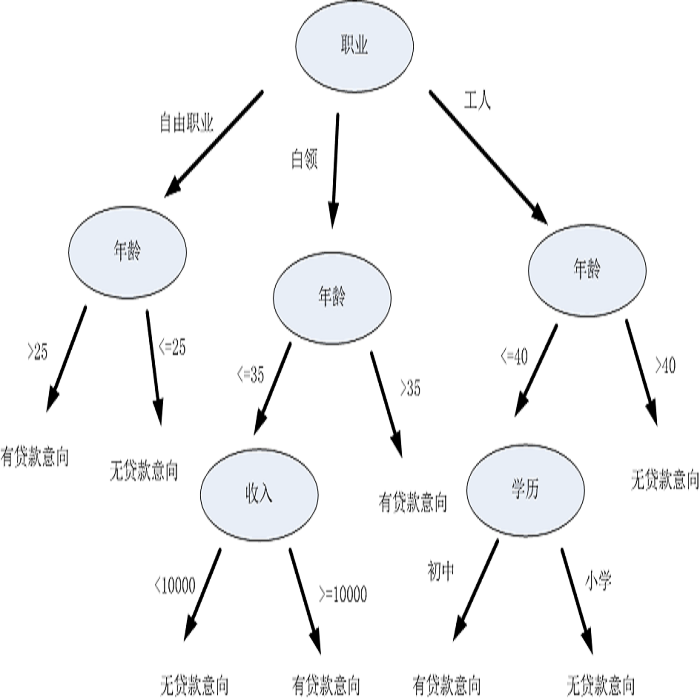Outlier detection is critical in real applications to prevent financial fraud, defend network intrusions, or detecting imminent device failures. To reduce the human effort in evaluating outlier detection results and effectively turn the outliers into actionable insights, the users often expect a system to automatically produce interpretable summarizations of subgroups of outlier detection results. Unfortunately, to date no such systems exist. To fill this gap, we propose STAIR which learns a compact set of human understandable rules to summarize and explain the anomaly detection results. Rather than use the classical decision tree algorithms to produce these rules, STAIR proposes a new optimization objective to produce a small number of rules with least complexity, hence strong interpretability, to accurately summarize the detection results. The learning algorithm of STAIR produces a rule set by iteratively splitting the large rules and is optimal in maximizing this objective in each iteration. Moreover, to effectively handle high dimensional, highly complex data sets which are hard to summarize with simple rules, we propose a localized STAIR approach, called L-STAIR. Taking data locality into consideration, it simultaneously partitions data and learns a set of localized rules for each partition. Our experimental study on many outlier benchmark datasets shows that STAIR significantly reduces the complexity of the rules required to summarize the outlier detection results, thus more amenable for humans to understand and evaluate, compared to the decision tree methods.
翻译:暂无翻译


